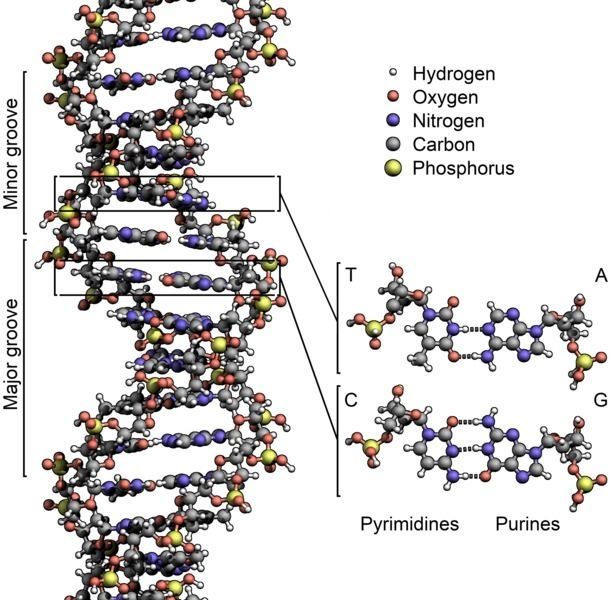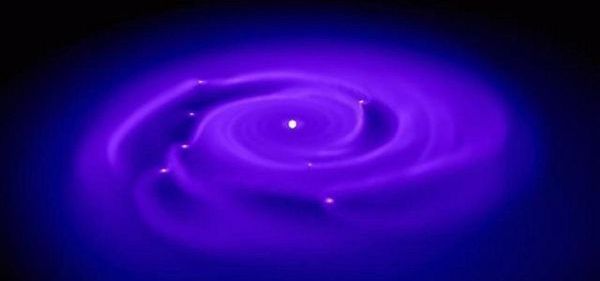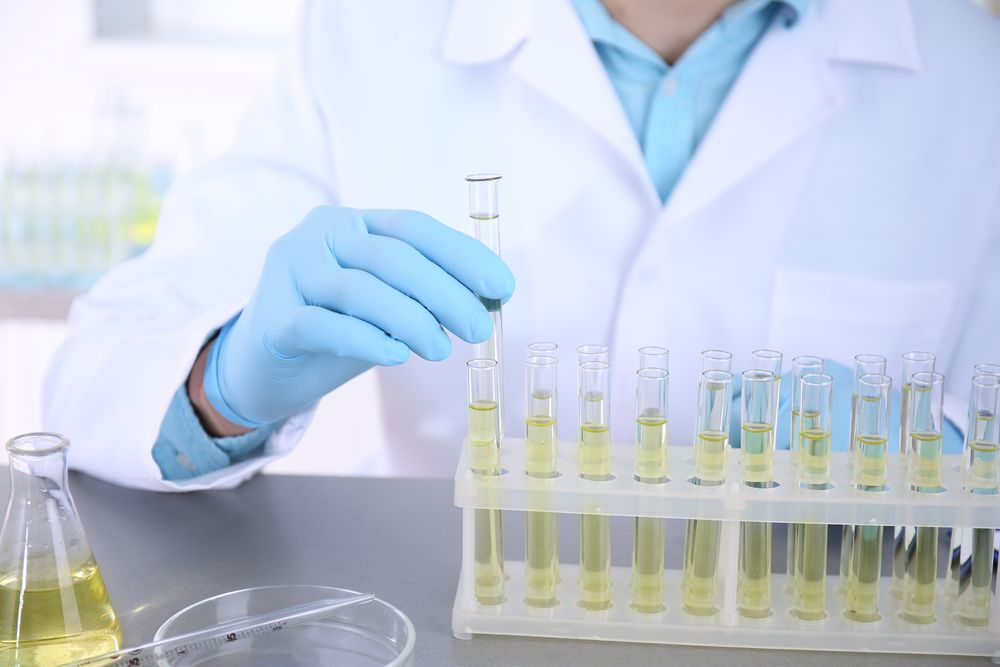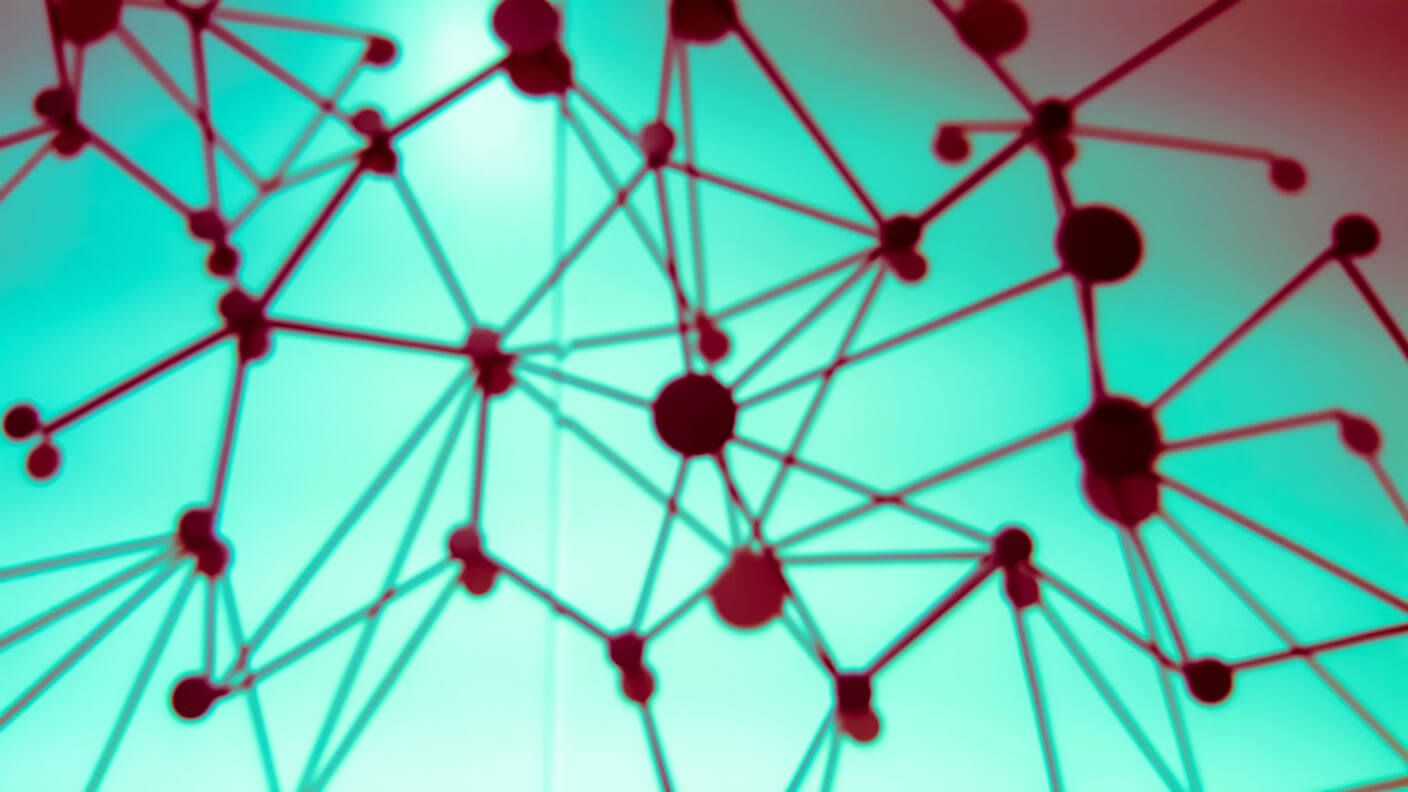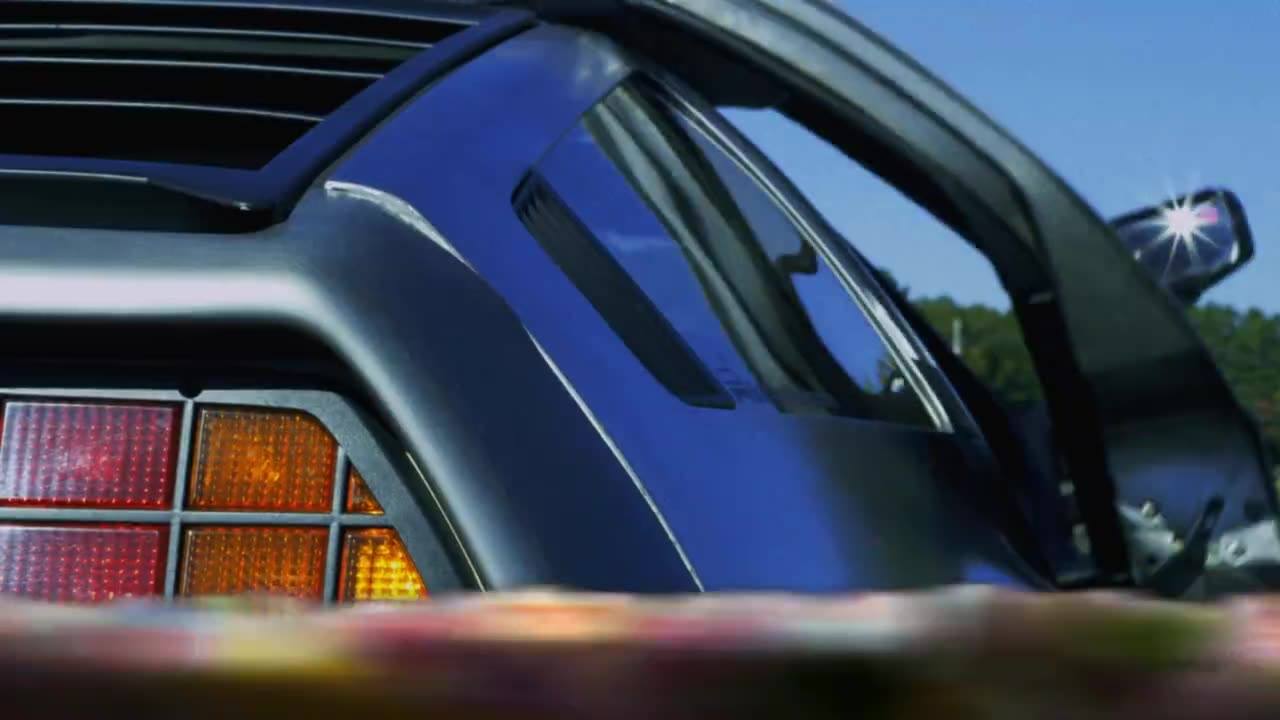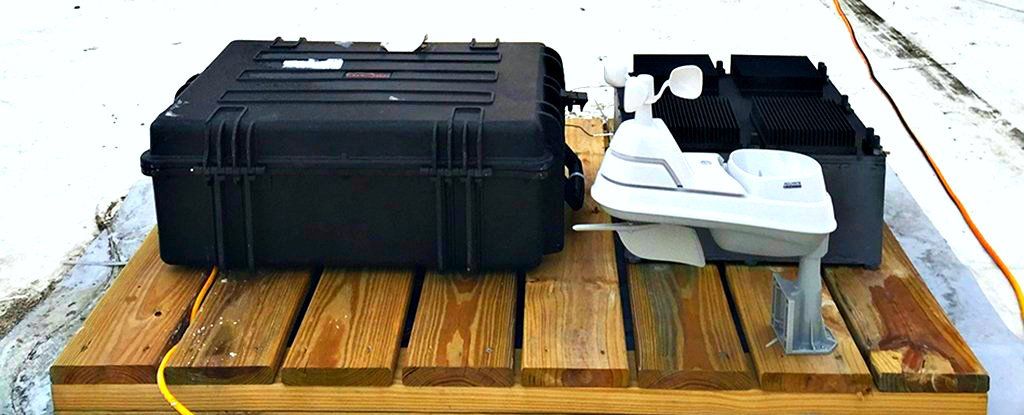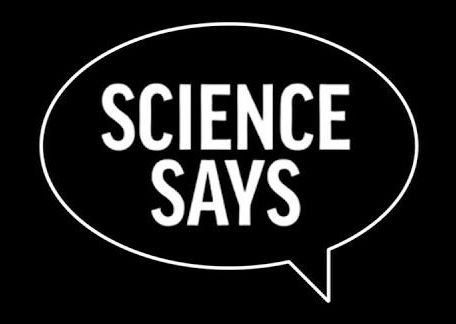Mar 1, 2018
Crick and Watson decipher the DNA
Posted by Genevieve Klien in category: biotech/medical
On February 28, 1953, American molecular biologist James D. Watson and English biophysicist Francis Crick announced to friends that they succeeded to determine the chemical structure of DNA.
Already in the 19th century biochemists were able to isolate DNA and RNA from the cell nuclei mixed together. They later found out that DNA and RNA had to be distinct from each other. The nuclein was identified by Friedrich Miescher in 1869 and he later on isolated the pure DNA from a salmon’s sperm. The term ‘nucleic acid’ was then coined by Richard Altmann and it was only found in the chromosomes. The Lithuanian-American biochemist Phoebus Levene at Rockefeller Institute made further achievements concerning the DNA’s structure, showing that its components, the sugar and phosphate chain were linked in the order phosphate-sugar-base. Each of these was named nucleotide and the scientist assumed that the DNA molecule consisted of a string of nucleotide units, which were linked together through phosphate groups.
